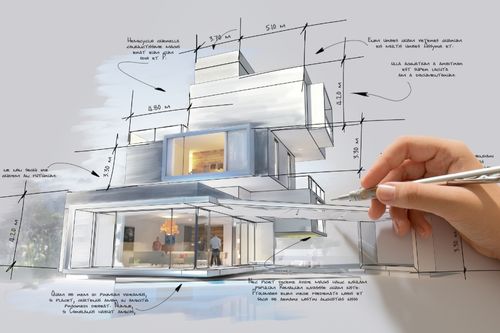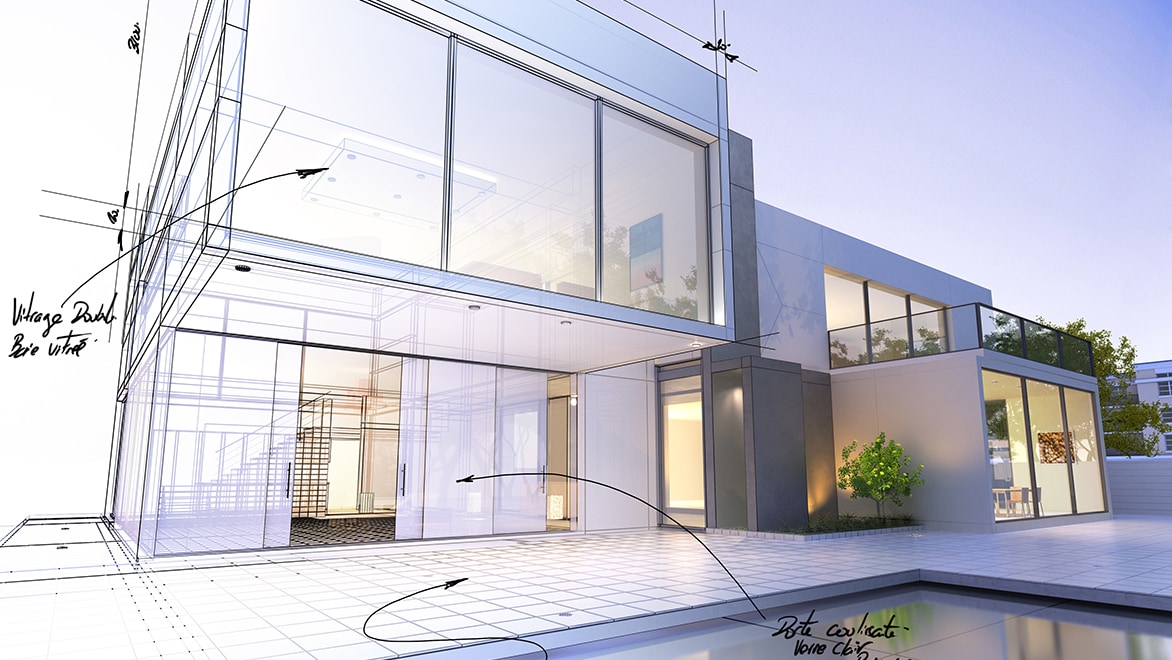Check Out Award-Winning Tasks by Popular CDA Architects
Check Out Award-Winning Tasks by Popular CDA Architects
Blog Article
A Comprehensive Overview of Architectural Designs and Their Influence on Modern City Preparation and Growth
Architectural designs have actually long offered as a mirror to the social worths and technological innovations of their time, playing a critical role in shaping modern city preparation and growth. From the splendour of Neoclassicism to the utilitarian technique of Brutalism, each style has actually presented special concepts that affect urban appearances and performance.
Historic Summary of Building Styles

As societies transitioned through the Middle Ages, Gothic design arised, identified by its verticality and intricate outlining, mirroring the spiritual aspirations of the era. The Renaissance noted a revival of classic perfects, combining art and design in cutting-edge manner ins which affected succeeding designs throughout Europe.

Today, architectural styles remain to advance, driven by globalization and sustainability problems, showing a dynamic interaction in between heritage and technology. This historic summary emphasizes the significance of design as a mirror of social development and as a driver for urban growth.
Key Architectural Styles Explained
The diversity of architectural styles reflects the myriad influences that form our developed setting, each personifying distinct features and social importances. Secret building designs include Classical, Gothic, Baroque, Modernism, and Postmodernism, each standing for one-of-a-kind historical contexts and visual ideologies.
Timeless design, rooted in ancient Greece and Rome, stresses proportion, proportion, and the use of columns (cda architects). In contrast, Gothic architecture, flourishing in the center Ages, is characterized by pointed arches, ribbed safes, and flying buttresses, developing a heavenly top quality in cathedrals. Baroque design, arising in the 17th century, is noted by majesty, intricate decoration, and a dynamic interaction of light and shadow
Innovation, which got energy in the very early 20th century, focuses on feature over type, using new products like steel and glass to develop minimal structures. Postmodernism, responding versus the austerity of Innovation, embraces eclecticism and historical recommendation, often integrating spirited components and irony.

Effect on Urban Planning
Fit the development of cities, building styles dramatically influence city preparation decisions. The choice of architectural style frequently dictates the visual appeals, functionality, and overall personality of urban settings. For example, modernism, with its focus on minimalism and performance, motivates open areas and the assimilation of technology, shaping city formats that focus on efficiency and accessibility. On the other hand, traditional styles may stress historic preservation, bring about city designs that maintain cultural heritage and promote pedestrian-friendly atmospheres.
Additionally, architectural designs can affect zoning guidelines and land utilize policies. Urban planners have to take into consideration the dominating architectural trends when creating districts, guaranteeing that brand-new advancements balance with existing structures. This factor to consider fosters natural city landscapes and boosts neighborhood identification.
The application of particular building designs can also affect socioeconomic elements within a city. Premium contemporary layouts might draw in upscale locals and services, leading to gentrification, while extra economical real estate services could focus on sensible and lasting layouts to suit weblink diverse populaces. cda architects. Ultimately, the interaction between architectural designs and metropolitan planning produces vibrant cities that mirror both historic context and contemporary needs, shaping the lived experiences of their inhabitants
Sustainability and Modern Architecture
Building styles play a crucial duty in attending to contemporary challenges, particularly in the realm of sustainability. As city locations increase and ecological concerns increase, modern design increasingly embraces lasting style principles that prioritize power effectiveness, source conservation, and very little eco-friendly effect.
Contemporary architectural motions, such as biophilic layout and green style, advocate for structures that integrate with their surroundings, making use of natural materials and advertising biodiversity. These styles usually incorporate renewable resource resources, such as photovoltaic panels and wind generators, to decrease reliance on fossil gas and reduced carbon impacts.
In addition, the assimilation of sophisticated technologies, such as smart structure systems, boosts power monitoring, maximizing resource usage while making sure owner convenience. Innovative water management techniques, consisting of rain harvesting and greywater recycling, more add to sustainable city environments.
Especially, sustainability prolongs past environmental concerns; it incorporates social and economic dimensions also. By promoting community wellness and advertising inclusivity, modern building designs align with sustainable development objectives. Subsequently, the advancement of architectural techniques continues to form resilient cities that not only satisfy the demands of the here and now however additionally safeguard the future for generations to come.
Neighborhood Engagement in Layout
Community engagement in layout functions as a vital bridge in between engineers and the populaces they serve, making certain that the developed atmosphere mirrors the demands and desires of its customers. This collective process welcomes community participants to add their understandings and preferences, cultivating a feeling of ownership and obligation toward the rooms they inhabit.
Reliable neighborhood involvement employs various approaches, such as workshops, surveys, and websites public discussion forums, to gather varied point of views. These strategies facilitate a two-way dialogue, enabling engineers to comprehend local contexts while empowering citizens to voice their issues and needs. This inclusivity not just boosts the site web design high quality yet additionally advertises social equity by resolving the distinct difficulties encountered by marginalized teams.
Furthermore, community engagement can bring about cutting-edge remedies that might not emerge in a conventional layout procedure. By incorporating regional expertise and cultural worths, designers can create spaces that reverberate more deeply with individuals, boosting functionality and sustainability. Inevitably, focusing on community engagement in design processes leads to settings that nurture social communications, assistance well-being, and enhance neighborhood ties, thereby playing a critical duty fit modern city landscapes.
Verdict
Building styles have actually greatly affected contemporary city preparation and development, reflecting advancing cultural and technological contexts. The assimilation of historical appearances with contemporary requirements cultivates urban atmospheres that prioritize sustainability and area involvement. As cities proceed to expand and adjust, the ongoing dialogue between architectural heritage and modern-day design concepts will certainly continue to be crucial in developing comprehensive, lively rooms that improve quality of life and advertise social equity. The future of urban growth joints on this harmonious equilibrium.
Report this page